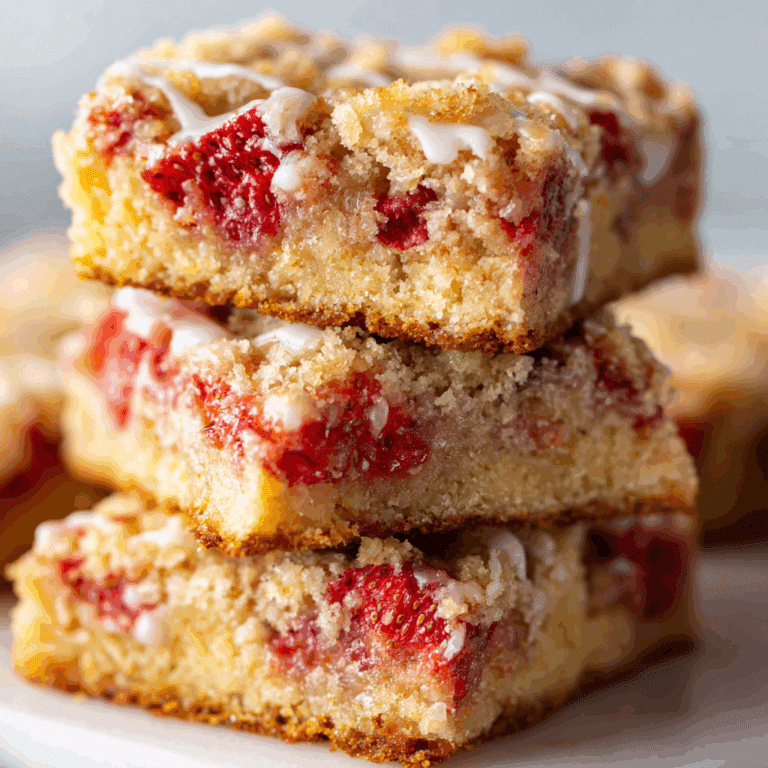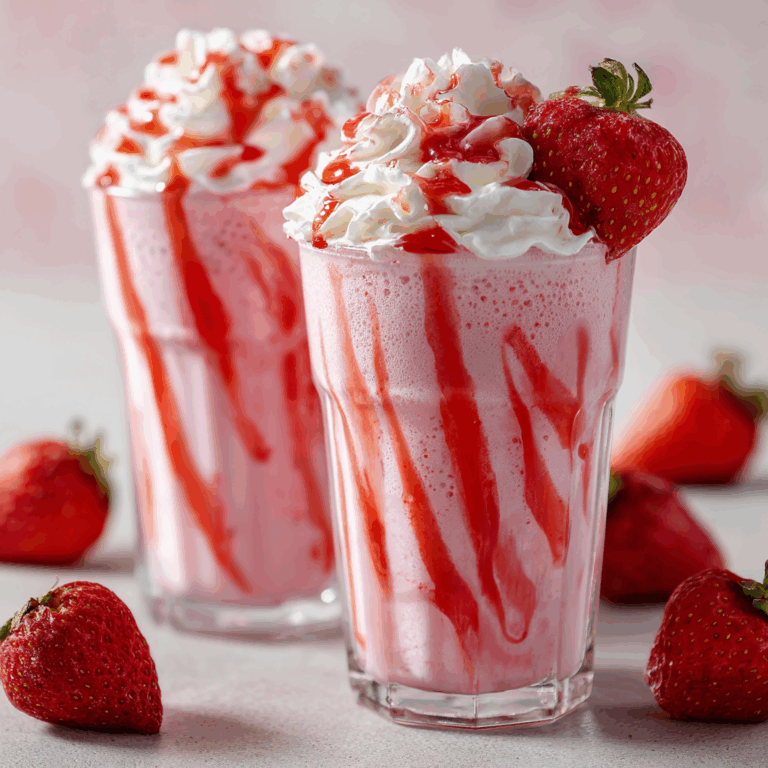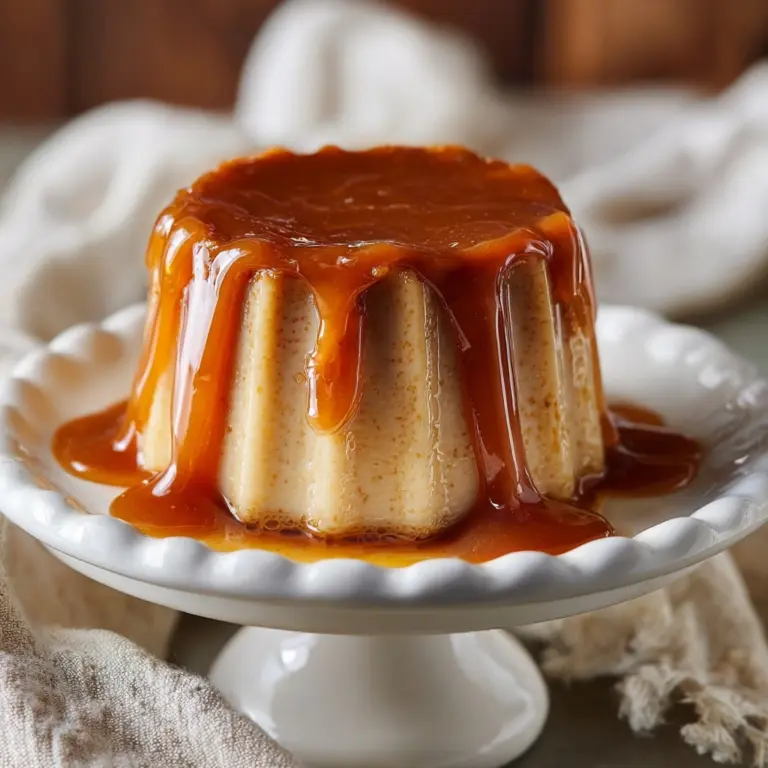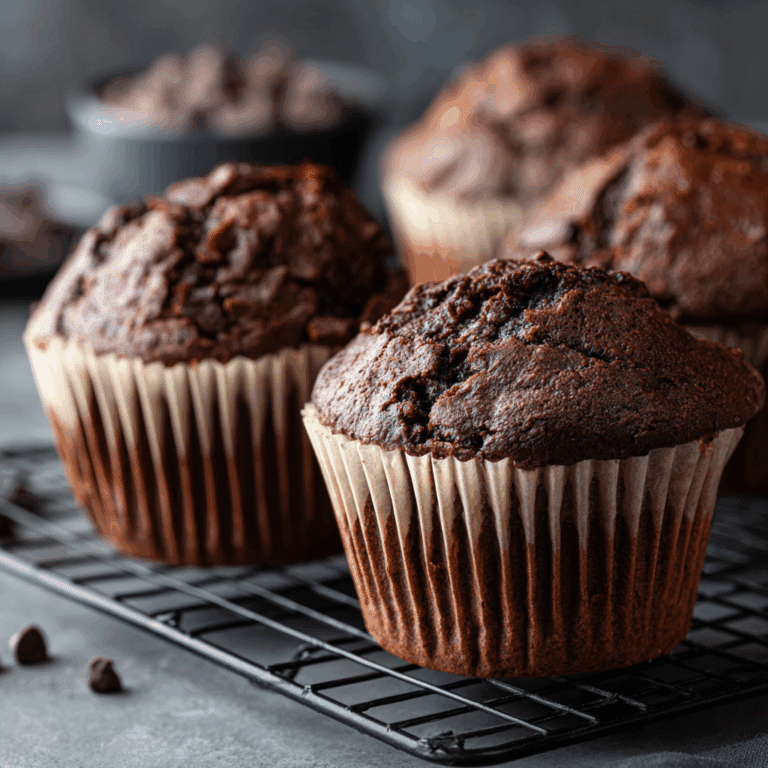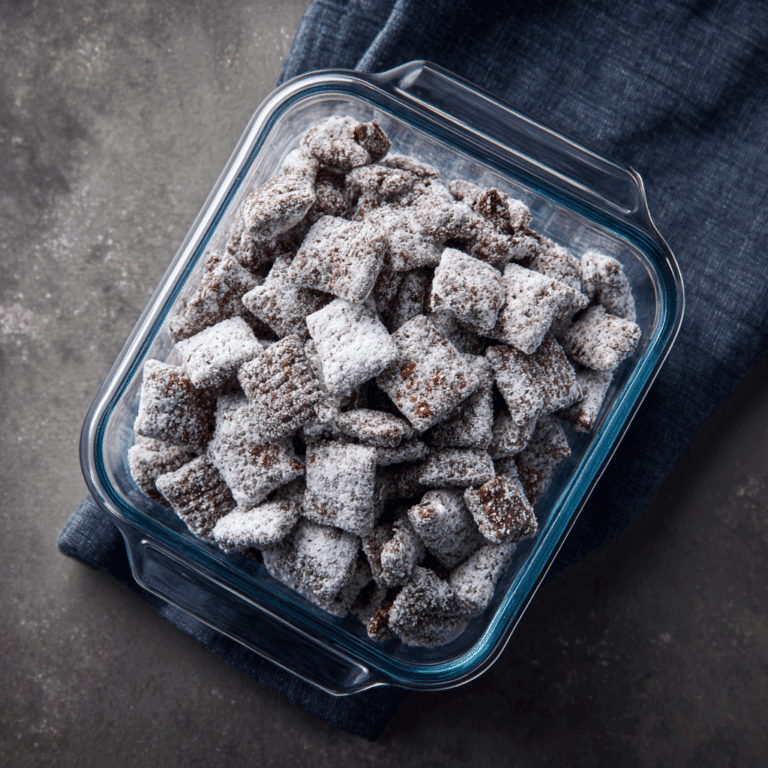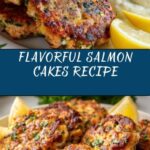Salmon Cakes Recipe
If you’re craving a meal that’s equal parts comforting, elegant, and weeknight-friendly, Salmon Cakes are about to become your new go-to. Golden and crisp on the outside, moist and flavorful within, these savory patties bring together tender salmon with bright herbs, zippy mustard, and the subtle crunch of green onion. They’re blissfully quick to make, unfussy as a main course, and every bite celebrates that deep, wonderful salmon flavor. Whether you’re feeding a family, hosting friends, or just treating yourself, Salmon Cakes deliver pure satisfaction every single time.
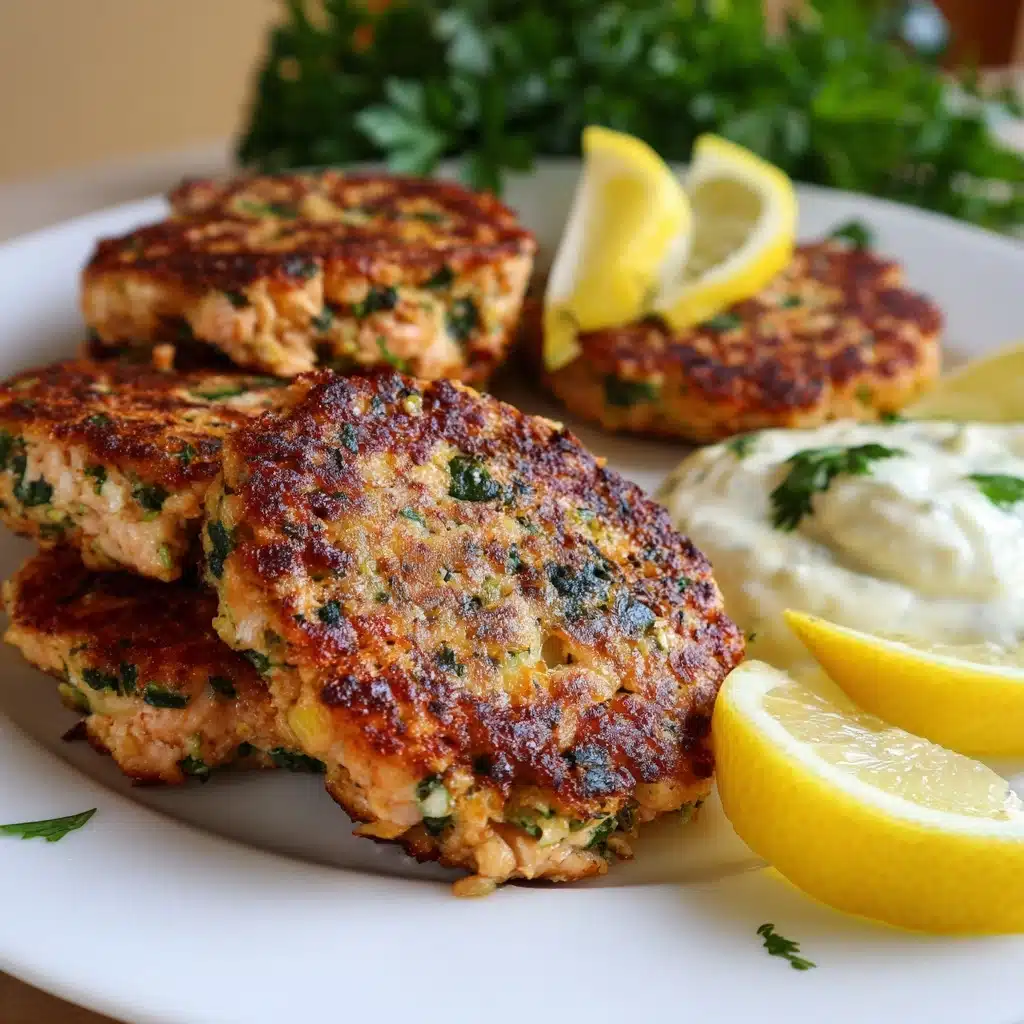
Ingredients You’ll Need
Each ingredient in this Salmon Cakes recipe has a job to do, and together they create a dish with perfect texture and flavor. Gather these simple kitchen staples and get ready to make a meal that tastes like you fussed for hours (no one has to know how easy it really is!).
- Cooked Salmon (1 lb, flaked): The undisputed star of the show — use cooked (fresh or leftover), or good-quality canned salmon for convenience.
- Breadcrumbs (1/2 cup): Give the cakes their signature structure and crispness; swap for almond flour for a gluten-free kick.
- Mayonnaise (1/4 cup): Moistens and binds everything together, keeping the cakes tender.
- Large Egg (1): Essential for binding so the cakes hold their shape beautifully.
- Green Onions (2, finely chopped): Bring fresh crunch and a gentle pop of flavor to each bite.
- Dijon Mustard (1 tbsp): Adds subtle tang and depth — don’t skip it!
- Lemon Juice (1 tbsp): Brightens the dish and keeps the Salmon Cakes tasting fresh.
- Garlic Powder (1/2 tsp): For a whisper of savory, aromatic goodness.
- Paprika (1/2 tsp): Gives a gentle smokiness and a hint of warm color.
- Salt (1/4 tsp): Brings out all the flavors without overpowering the delicate fish.
- Black Pepper (1/4 tsp): Just enough to round out the savory notes.
- Fresh Parsley (2 tbsp, chopped): Adds herby freshness and lovely green flecks.
- Olive Oil (2 tbsp, for frying): Creates that irresistible golden crust during pan-frying.
How to Make Salmon Cakes
Step 1: Mix Everything Together
Grab your largest mixing bowl and add in the flaked cooked salmon, breadcrumbs (or almond flour), mayonnaise, egg, chopped green onions, Dijon mustard, lemon juice, garlic powder, paprika, salt, pepper, and the fresh parsley. Use a fork or your (clean!) hands to gently mix until everything is thoroughly combined. You want the mixture to be moist but still able to hold its shape — if it’s too crumbly, add a touch more mayo; if too wet, sprinkle in a bit more breadcrumbs.
Step 2: Shape the Patties
Using your hands, divide the mixture into 8 equal portions and gently form each one into a round, flattened patty. Don’t worry about making them perfect — rustic is charming, and the little crags get extra crispy in the pan. Line them up on a plate or tray, ready for their big sizzle!
Step 3: Pan-Fry to Golden Brown Perfection
Heat the olive oil in a large nonstick skillet over medium heat. Once the oil is shimmering, add the salmon cakes (working in batches if necessary so you don’t overcrowd the pan). Let them cook for about 3 to 4 minutes per side, turning once, until they’re golden brown and cooked through. Remove each cake to a paper towel–lined plate as you go so any extra oil can drain off.
Step 4: Serve and Savor
Your Salmon Cakes are at their crispy, irresistible best right out of the pan, piping hot alongside some tangy lemon wedges or a creamy dipping sauce. Serve them up and watch them disappear from the plate — they’re simply that good.
How to Serve Salmon Cakes
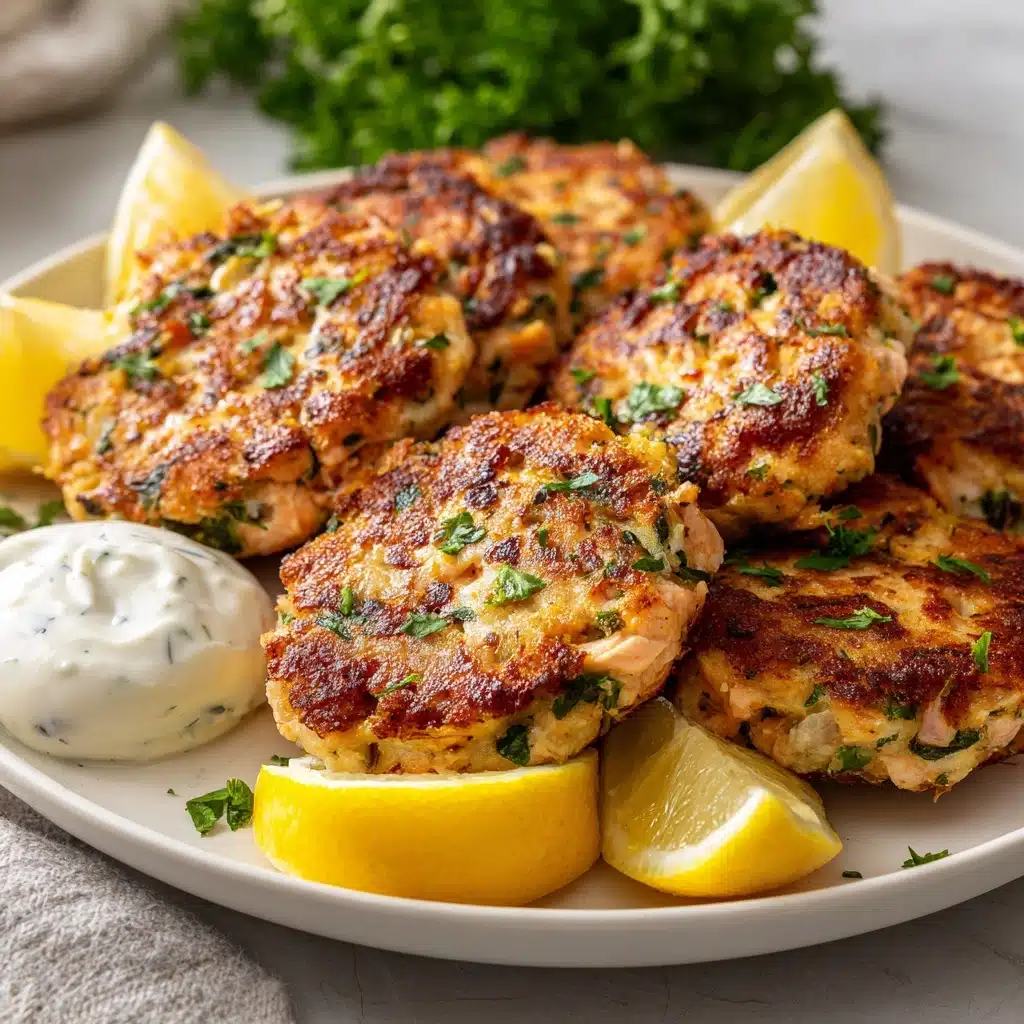
Garnishes
A squeeze of fresh lemon is classic and bright, but you can get playful with garnishes to make each bite special. Sprinkle extra chopped parsley or a dusting of smoked paprika over the top for a lovely finish. Dill or chives are also amazing choices — they echo the fish’s fresh flavors beautifully.
Side Dishes
Salmon Cakes love simple, vibrant sides. Try serving them with a crisp green salad, tangy coleslaw, or roasted vegetables for a colorful, feel-good meal. They also pair deliciously with steamed rice, garlicky sautéed greens, or even tucked into a sandwich with lettuce and tomato.
Creative Ways to Present
Think beyond the main plate! Make mini Salmon Cakes for bite-sized appetizers at a party, or stack them atop brioche buns as sliders with a dollop of lemon aioli. For a brunch twist, serve a salmon cake alongside poached eggs or atop avocado toast — it’s a weekend treat everyone will remember.
Make Ahead and Storage
Storing Leftovers
Extra Salmon Cakes can be stored in an airtight container in the refrigerator for up to 3 days. Let them cool completely before packing them up — a sheet of parchment paper between layers helps keep them from sticking together.
Freezing
Want to stock up? Place your cooled cakes in a single layer on a baking sheet to freeze until solid, then transfer to a freezer bag or container (with parchment between layers). They’ll keep for up to 2 months and are a lifesaver on busy nights.
Reheating
To revive that perfect crisp, place refrigerated or thawed Salmon Cakes on a baking sheet and heat in a 350°F oven for 8 to 10 minutes. Avoid the microwave if you can — the oven keeps them crispy and delightful.
FAQs
Can I use canned salmon for this recipe?
Absolutely! Canned, drained salmon works wonderfully in Salmon Cakes and saves time. Just be sure to remove any skin and bones before mixing.
How do I keep my Salmon Cakes from falling apart?
Making sure you have enough binding agents (egg and mayo) plus not over-mixing the ingredients will help them hold together. If your mixture feels too crumbly, add a little more mayonnaise.
What sauces go well with Salmon Cakes?
Anything creamy and tangy! Try classic tartar sauce, lemon-garlic aioli, sriracha mayo, or even a quick Greek yogurt dill sauce for a fresh twist.
Can I bake these instead of frying?
Yes! For a lighter option, arrange the cakes on a parchment-lined baking sheet, spritz or brush with a little olive oil, and bake at 400°F for 12–15 minutes, flipping halfway through.
Are these Salmon Cakes gluten-free?
They sure can be — just swap in almond flour or gluten-free breadcrumbs. You won’t lose any flavor or texture, and everyone at the table can enjoy them.
Final Thoughts
If you’re searching for a meal that’s satisfying, simple, and full of fresh flavor, you truly can’t go wrong with Salmon Cakes. Once you’ve made them, they’ll be a reliable favorite in your recipe rotation. Give them a try, and prepare for rave reviews from anyone lucky enough to pull up a chair at your table!
Print
Salmon Cakes Recipe
- Total Time: 23 minutes
- Yield: 8 salmon cakes 1x
- Diet: Non-Vegetarian
Description
These flavorful salmon cakes are a delicious way to enjoy seafood. Made with flaked salmon, breadcrumbs, and a blend of seasonings, these crispy cakes are perfect for a quick and satisfying meal.
Ingredients
Salmon Cakes:
- 1 lb cooked salmon, flaked (or canned salmon, drained)
- 1/2 cup breadcrumbs (or almond flour for gluten-free)
- 1/4 cup mayonnaise
- 1 large egg
- 2 green onions, finely chopped
- 1 tablespoon Dijon mustard
- 1 tablespoon lemon juice
- 1/2 teaspoon garlic powder
- 1/2 teaspoon paprika
- 1/4 teaspoon salt
- 1/4 teaspoon black pepper
- 2 tablespoons fresh parsley, chopped
- 2 tablespoons olive oil (for frying)
Instructions
- In a large mixing bowl, combine: flaked salmon, breadcrumbs, mayonnaise, egg, green onions, mustard, lemon juice, garlic powder, paprika, salt, pepper, and parsley. Mix well.
- Shape mixture into 8 equal patties.
- Heat olive oil in a large skillet over medium heat.
- Add salmon cakes and cook for 3–4 minutes per side until golden brown and heated through.
- Remove to a paper towel–lined plate to drain excess oil. Serve hot with lemon wedges or dipping sauce.
Notes
- For a lighter version, bake salmon cakes on a parchment-lined baking sheet at 400°F (200°C) for 12–15 minutes, flipping halfway through.
- Prep Time: 15 minutes
- Cook Time: 8 minutes
- Category: Main Course
- Method: Pan-Fry
- Cuisine: American
Nutrition
- Serving Size: 1 salmon cake
- Calories: 150
- Sugar: 1 g
- Sodium: 270 mg
- Fat: 9 g
- Saturated Fat: 2 g
- Unsaturated Fat: 6 g
- Trans Fat: 0 g
- Carbohydrates: 4 g
- Fiber: 0 g
- Protein: 14 g
- Cholesterol: 50 mg
